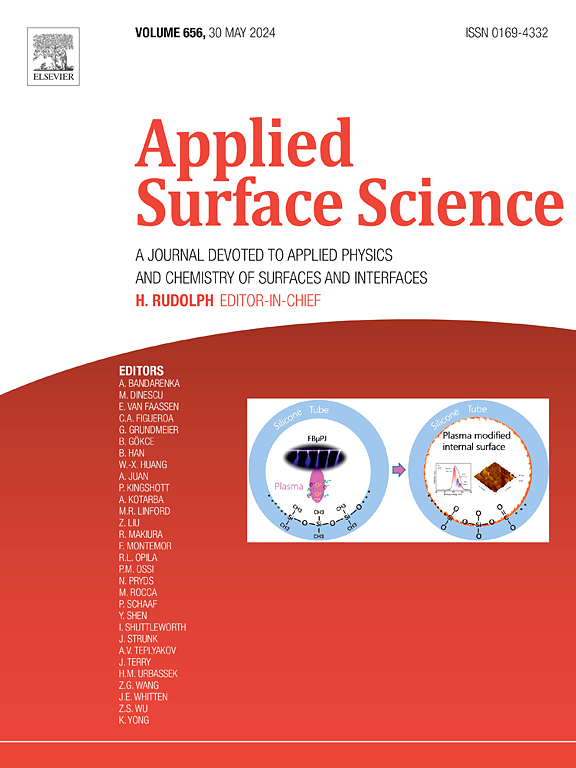Reactive molecular dynamics simulation of Cr2O3 nanowires-catalyzed dehydrogenation and oxidation of butane at high temperature
IF 6.9
2区 材料科学
Q2 CHEMISTRY, PHYSICAL
引用次数: 0
Abstract
Transition metal oxides have garnered significant interest in hydrocarbon dehydrogenation, oxidation, and combustion reactions owing to their exceptional catalytic characteristics. Cr2O3 nanowires, serving as highly efficient catalysts, play significant roles in advancing energy conversion, pollutant degradation, and catalytic processes. In this study, ReaxFF reactive force field molecular dynamics simulations were performed to elucidate the reaction mechanism of Cr2O3 nanowire-catalyzed butane dehydrogenation and oxidation. Results showed that the reactions of butane with oxygen catalyzed by Cr2O3 nanowires mainly undergo four stages: (i) butane molecules adsorb onto the Cr2O3 surface at high temperatures; (ii) butane free radicals are formed by hydrogen extraction; (iii) active oxygen species (e.g., Cr-O, Cr-O-Cr, and Cr-O-O) on the chromium oxide surface interact with butane molecules to facilitate the dehydrogenation; and (iv) at 3000 K, butane molecules are rapidly consumed to form mainly C2H4, H2O, and CH2O along with traces of CO2, H2O2, CO, and C3H6 as oxidation products. Moreover, elevated temperatures destabilize Cr2O3 nanowires, leading nanowires with smaller radii to agglomerate into spherical nanoparticles, thereby substantially impacting their catalytic efficacy. This investigation offers a comprehensive insight into the dehydrogenation and oxidation mechanisms of metal chromium oxide nanowires.


Cr2O3纳米线催化丁烷高温脱氢氧化反应分子动力学模拟
由于其特殊的催化特性,过渡金属氧化物在碳氢化合物脱氢、氧化和燃烧反应中引起了极大的兴趣。Cr2O3纳米线作为一种高效催化剂,在推进能量转化、污染物降解和催化过程中发挥着重要作用。本研究通过ReaxFF反应力场分子动力学模拟来阐明Cr2O3纳米线催化丁烷脱氢氧化的反应机理。结果表明:Cr2O3纳米线催化丁烷与氧的反应主要经历4个阶段:(1)高温下丁烷分子吸附在Cr2O3表面;(二)丁烷自由基由氢萃取形成;(iii)氧化铬表面的活性氧(如Cr-O、Cr-O- cr和Cr-O- o)与丁烷分子相互作用,促进脱氢;(4)在3000 K时,丁烷分子被迅速消耗,主要形成C2H4、H2O和CH2O,同时还有少量的CO2、H2O2、CO和C3H6作为氧化产物。此外,温度升高会破坏Cr2O3纳米线的稳定性,导致半径较小的纳米线聚集成球形纳米粒子,从而严重影响其催化效果。本研究对金属氧化铬纳米线的脱氢和氧化机理提供了全面的见解。
本文章由计算机程序翻译,如有差异,请以英文原文为准。
求助全文
约1分钟内获得全文
求助全文
来源期刊

Applied Surface Science
工程技术-材料科学:膜
CiteScore
12.50
自引率
7.50%
发文量
3393
审稿时长
67 days
期刊介绍:
Applied Surface Science covers topics contributing to a better understanding of surfaces, interfaces, nanostructures and their applications. The journal is concerned with scientific research on the atomic and molecular level of material properties determined with specific surface analytical techniques and/or computational methods, as well as the processing of such structures.
 求助内容:
求助内容: 应助结果提醒方式:
应助结果提醒方式:


